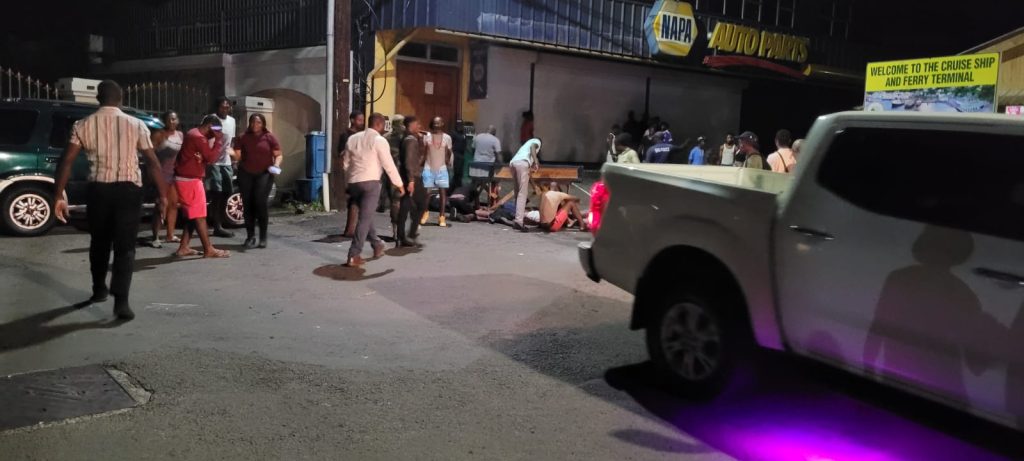St. Vincent’s Crime Crisis: A Muddled Message from Law Enforcement
By Kenny Bailey
A spate of alarming criminal activity has marred the sunny shores of St. Vincent and the Grenadines. The gravity of the situation warranted a press conference held by the Acting Prime Minister and the Commissioner of Police, Colin John. In an attempt to address public concerns, this event presented an opportunity for law enforcement and the government to demonstrate leadership and competence. Regrettably, it was an opportunity squandered.
The session was riddled with inconsistencies and a startling lack of urgency, which did little to inspire public confidence. Indeed, the tacit insinuation that the recent crime spree was gang-related raised more questions than it answered. This assertion not only simplifies a complex issue but also, disturbingly, normalizes violence as an intrinsic part of society.
The perplexing stance taken by the Commissioner, when questioned about the involvement of a 13-year-old child was particularly troubling. If we are to accept the narrative of gang involvement, then there is a pressing need to address the child’s potential association with such an organization. Merely glossing over the issue, as was done during the press conference, is a gross disservice to the public’s need for clear and transparent information.
Moreover, the ambiguity surrounding the white SUV, allegedly seen at the crime scene, was a telling moment of the press conference. The reluctance to engage the public as partners in the resolution of the case – by failing to encourage citizens to report sightings of the vehicle – undermines the concept of community policing. It also raises questions about the authorities’ commitment to public safety, considering the absence of an advisory warning against approaching the vehicle.
Perhaps the most glaring misstep in this incident was the police department’s approach to the shell casings discovered at the scene. These crucial pieces of evidence can be instrumental in identifying the type of weapon used in the crime, a detail that can greatly aid the ongoing investigation. However, the police chose to remain conspicuously silent on this matter. This issue is compounded by the seemingly lackadaisical attitude towards securing the crime scene, especially in low-light conditions. The typical and appropriate response is to establish a secure perimeter, leaving officers on guard, and resuming the investigation come daylight. This ensures the scene remains undisturbed and potential evidence is not lost or compromised. The absence of this basic protocol raises severe concerns about the overall competence of the police department.
Compounding these shortcomings was an acknowledgment that the roots of these crimes stretch back to 2014. This revelation prompts the question: If the origin and cause of these violent outbreaks are known, why has there been such apparent difficulty in identifying and apprehending the culprits? After all, a lapse of nine years suggests either a surprising inefficiency in the investigative process or a concerning lack of resources dedicated to solving these crimes.
Although there’s a need to maintain confidentiality in ongoing investigations, the police must strike a careful balance to fulfill the public’s right to information. This press conference err too far on the side of obfuscation, which does little to instill public confidence.
In conclusion, while we respect the challenges faced by law enforcement and the government, it is clear that their approach needs significant improvement. The citizens of St. Vincent and the Grenadines deserve a clear, transparent, and effective strategy to combat the escalating violence. A display of strong leadership and enhanced public engagement is overdue. We cannot settle for evasive answers and veiled transparency; it is time for action and accountability.



